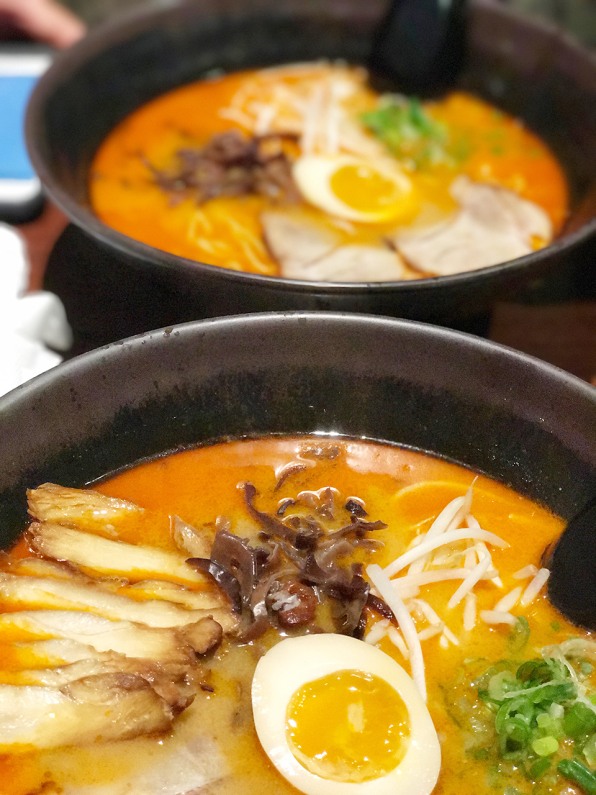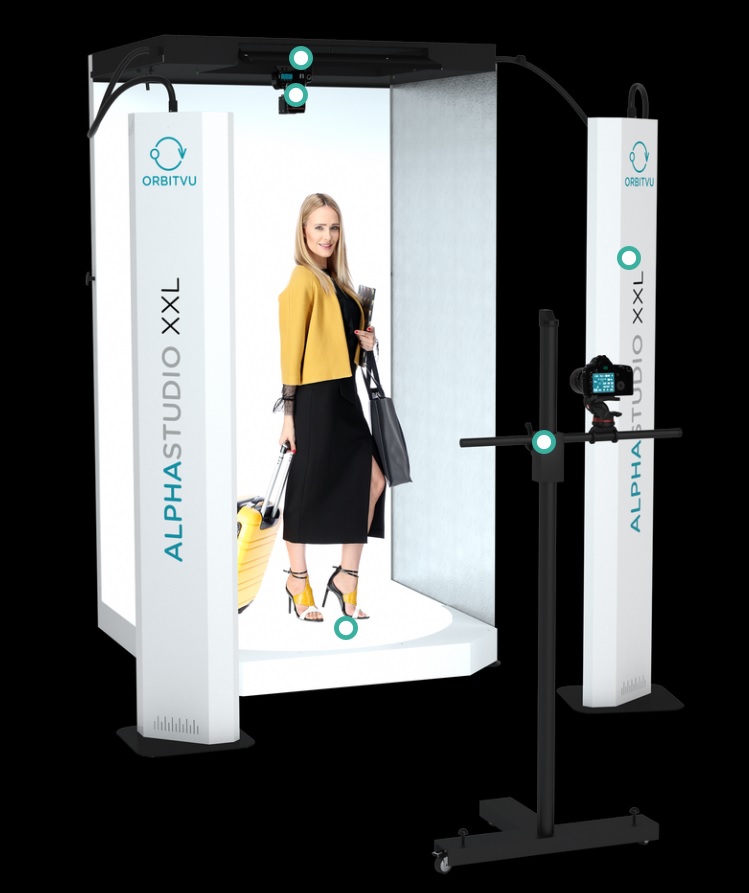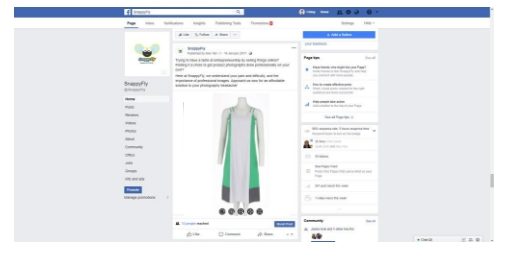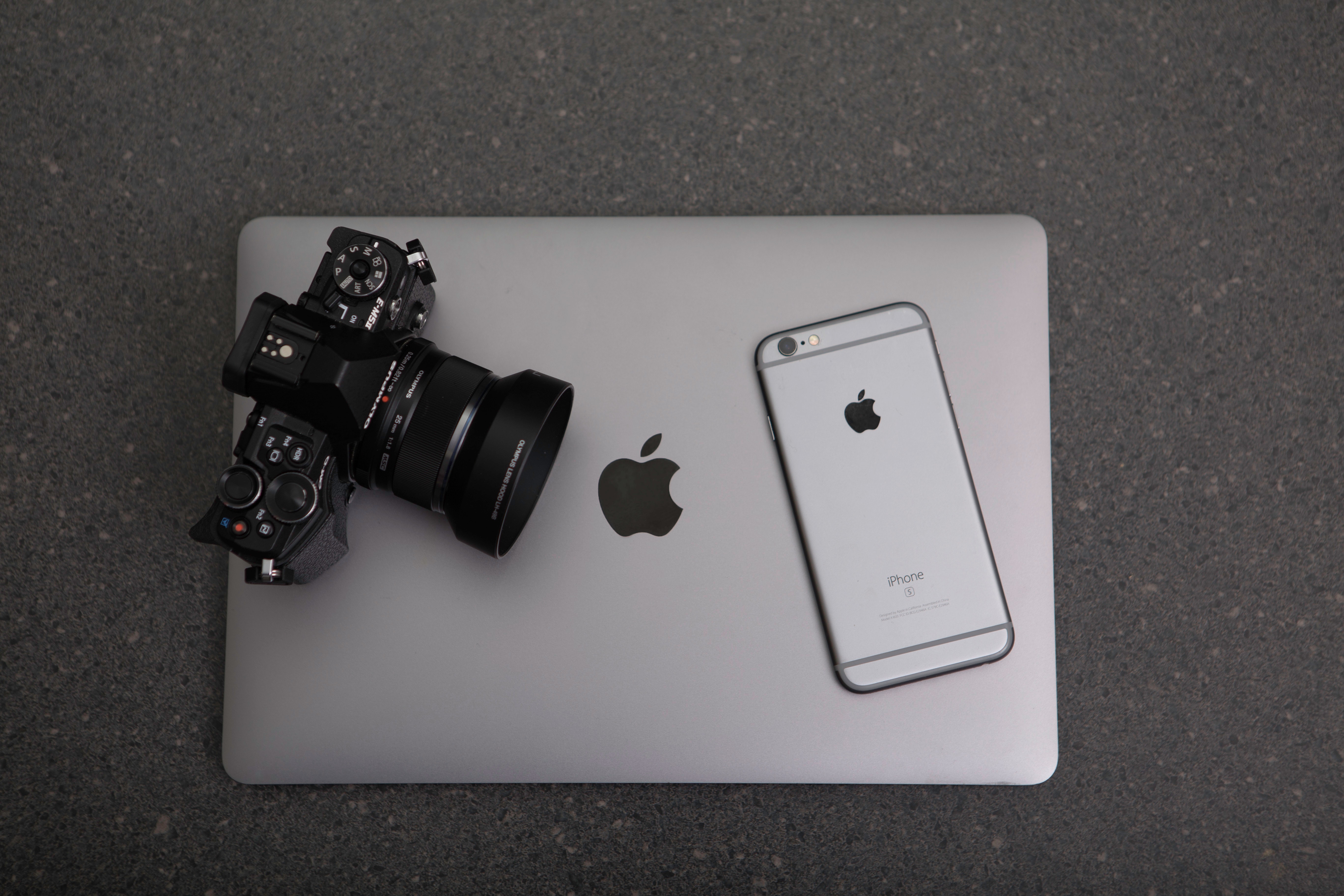A modern marketing tool, social media platforms are now vital for companies to market themselves effectively. With a mobile first and video-obsessed audience, the need to produce visually appealing and fulfilling content had never been so important. The photographer’s job is no longer just to shoot photographs that are pleasing to eyes of mass audience. They have to be able to understand current trends and churn out top value content to be featured in Facebook and Instagram feeds.
A Camera-lite Society
Things have changed. Camera in phones were only introduced about a decade ago. Photographs taken back then were unstable and pixelated. Images taken were not used for mass sharing – they were just a “good-to-have” in our phones. However, ever since HDR first appeared in iPhone’s iOs 4.1 release in 2010, the photography scene has changed drastically. It is now possible for anyone to take decent-looking images because professional practices such as adjusting exposure and aperture have now been automated. Together with increasingly low-costs of smartphones, taking professional-looking photos were no longer limited to only professionals anymore.

Along with the boom of social media platforms, photography has now become a daily ritual for many of us. It has never been easier to whip out our smartphones and snap away. What’s more, social media platforms have integrated themselves so seamlessly that it just takes us one click to share our images online. However, with interactive features and algorithms that are constantly adjusted to deliver optimized content for us, companies play an increasingly big role in determining the type of content we digest on a daily basis. Social media companies mine on our social data closely and provide avenues for interested parties to intrude our social media spaces strategically, thereby advertising their products and services.
New Formats
New formats of photography often come hand in hand with social media marketing. Marketing professionals are constantly on the lookout for opportunities to create a new buzz in the community to get users on board. For instance, when SnapChat was first released in 2011, its video-sharing technology skyrocketed in popularity and caused many other big players such as Instagram and Facebook to follow in suit.
360 degrees product image
Product photography has changed a lot over the years too. From the use of ghost mannequins to the rise of semi-pros, product images have evolved to suit our desires. Constant technology advancements have made us to learn to demand more. While we used to want colour clarity and zoomed-in images in the past, now we want product images to be interactive so that we can have a much better grasp of products seen online. In the near future, we might be looking further at exploring more innovative features such as 360 degrees product image photography.
Captured using specialized equipment, 360 degrees product photography is a technique to capture all angles of a product with a constant background. The product spins around an axis to show the whole product.
How does it work?
A 360 product image comprises of several images that are joined together using stitching software. Anyone can create a 360 image with the right equipment and software. For brands and retail owners, 18 to 24 frames are usually taken. Photography equipment from ORBITVU, is designed to be user-friendly and versatile to shoot a diverse range of products. For example, AlphaShot XXL fits mannequins or live models to shoot apparel with an automated 360 degrees turn table.

Following after in post-production stage, an automated software helps you to compose these individual images into an interactive 360 display.
Product images allow you to drag or swipe the object left to right and enable users to be to visualise products better in their minds. Apart from a visually moving object, there are also other benefits to 360 product images as well:
- Encapsulates full details of product
- Visually compelling and engaging
- You can easily integrate 360 image as part of social media strategy
For content marketeers, it is a great way to engage with your audience as 360 product images encourage activity with your page. They are great for social media platforms such as Facebook, Instagram and more where there is favourable field for interaction.

Source:
https://research.hubspot.com/content-trends-preferences?_ga=2.252608265.1810113016.1528164658-79876399.1527153463
https://www.fastcompany.com/3067252/the-future-of-photography-is-about-computation
https://www.pexels.com/photo/close-up-of-camera-over-black-background-306763/
